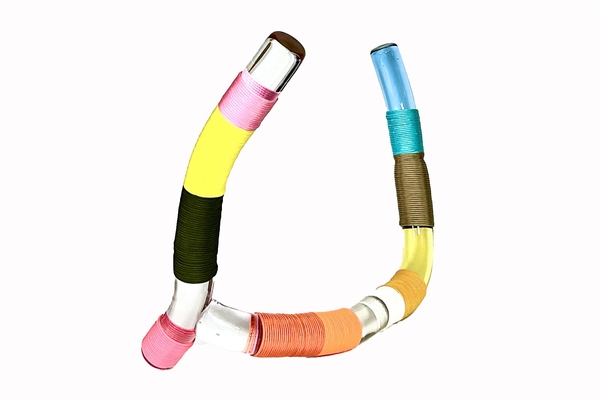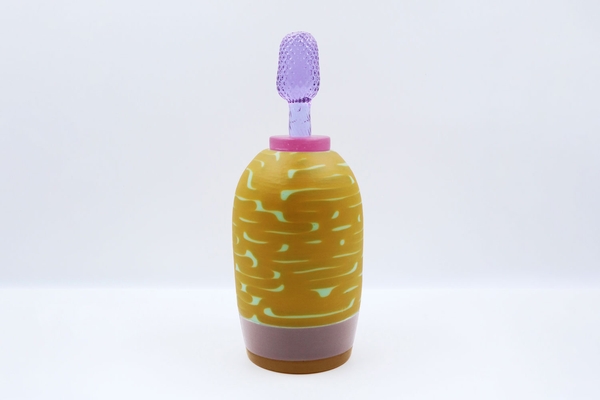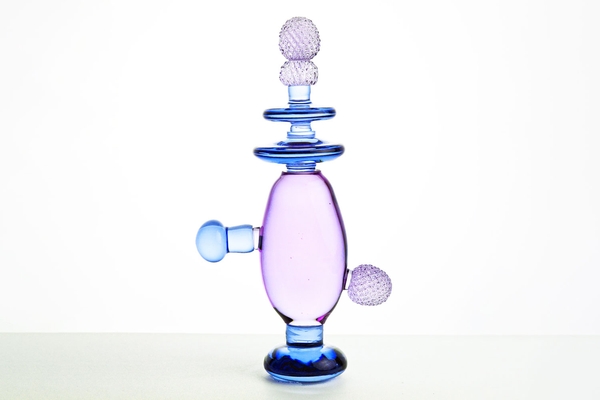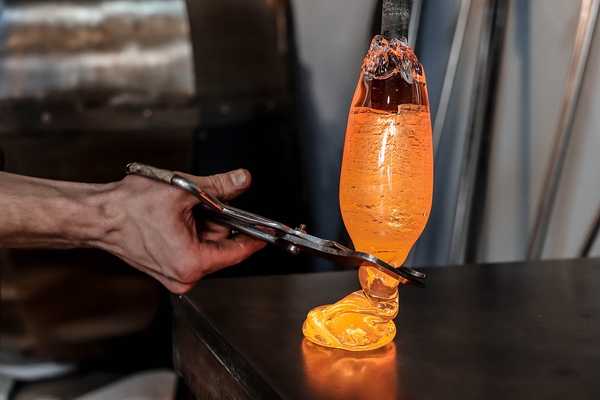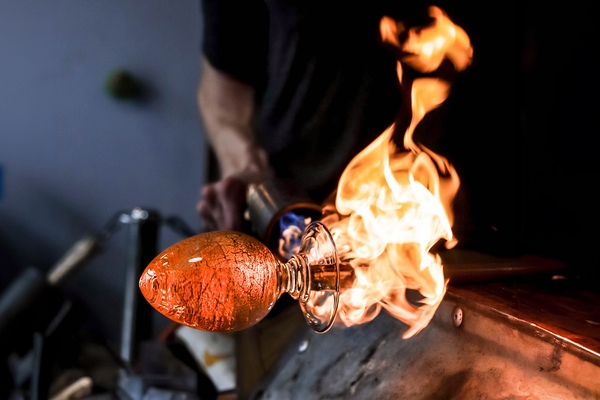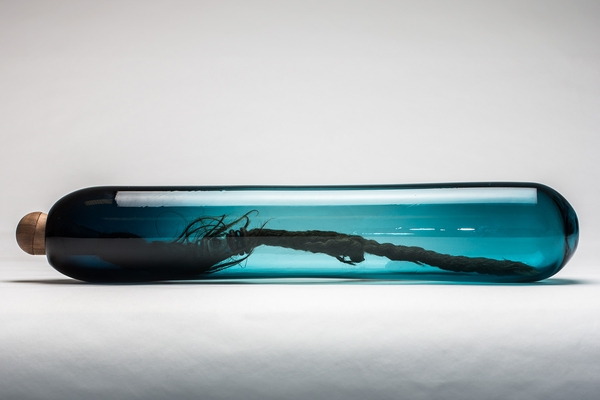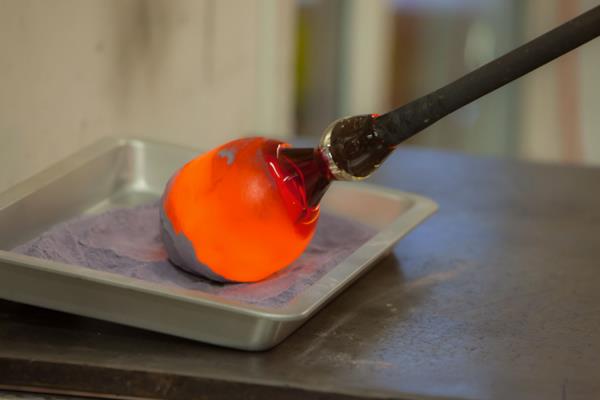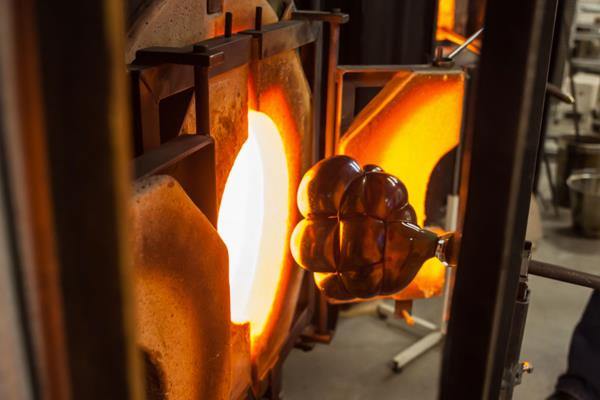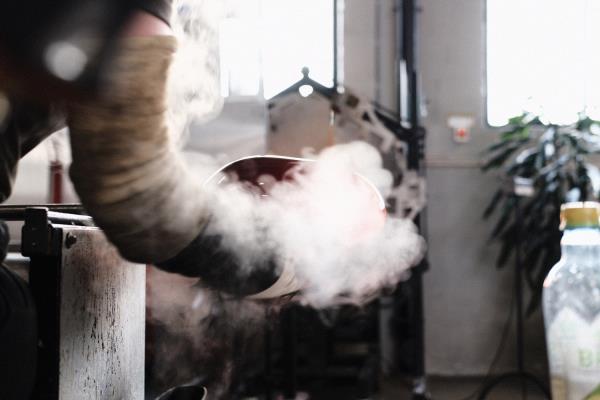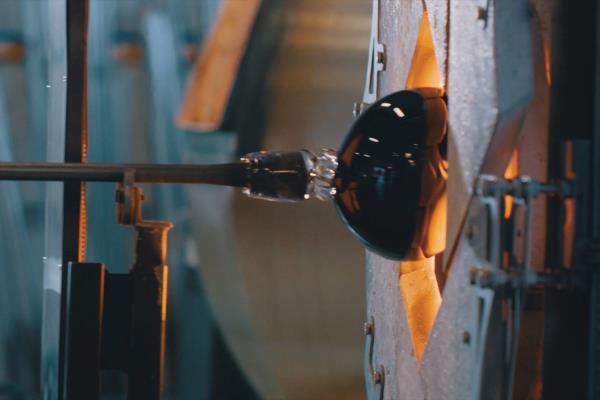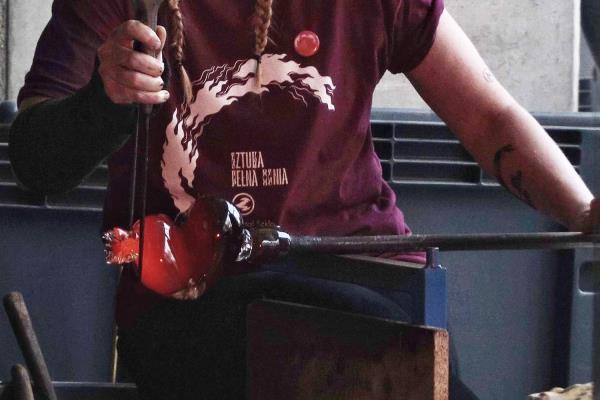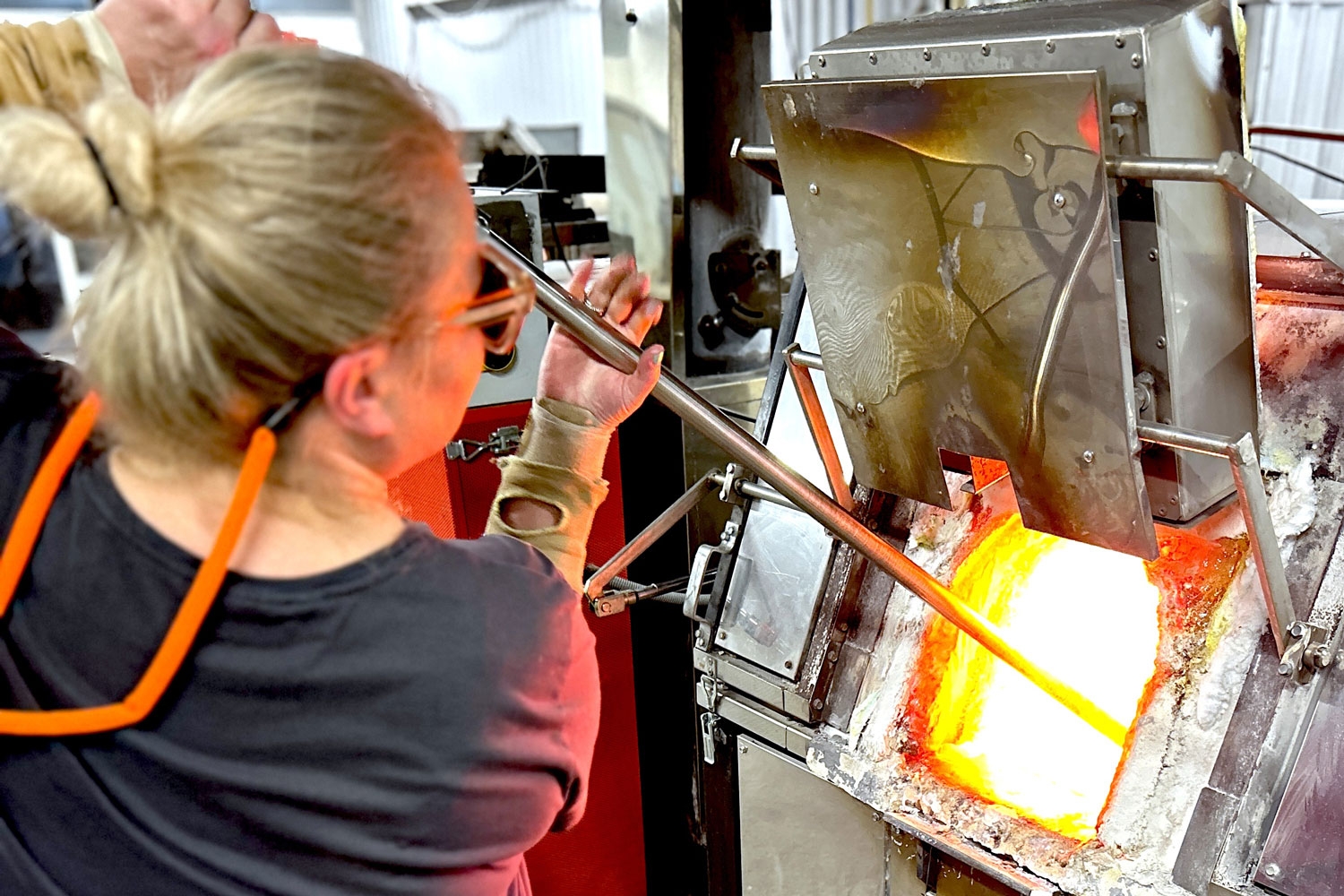
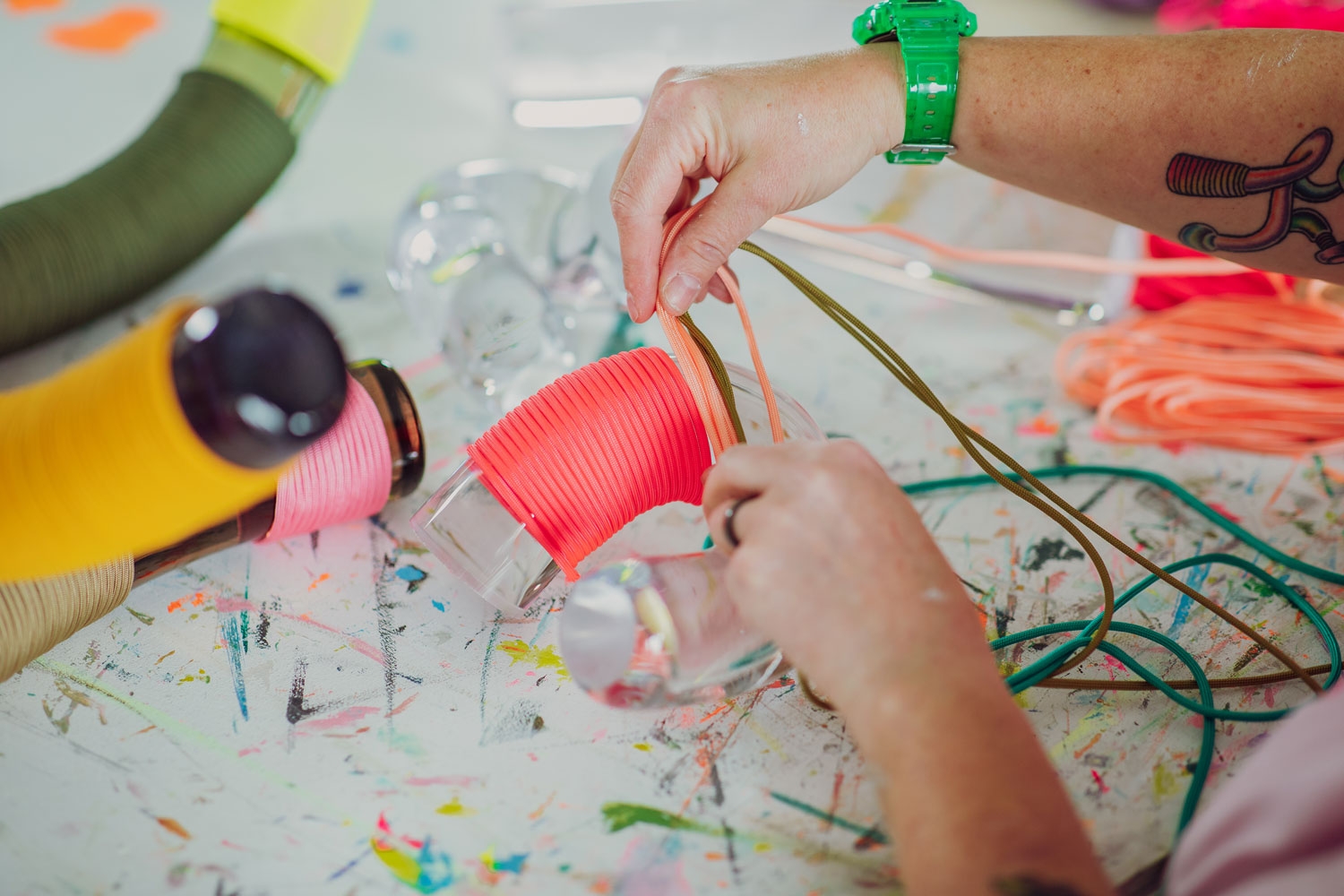
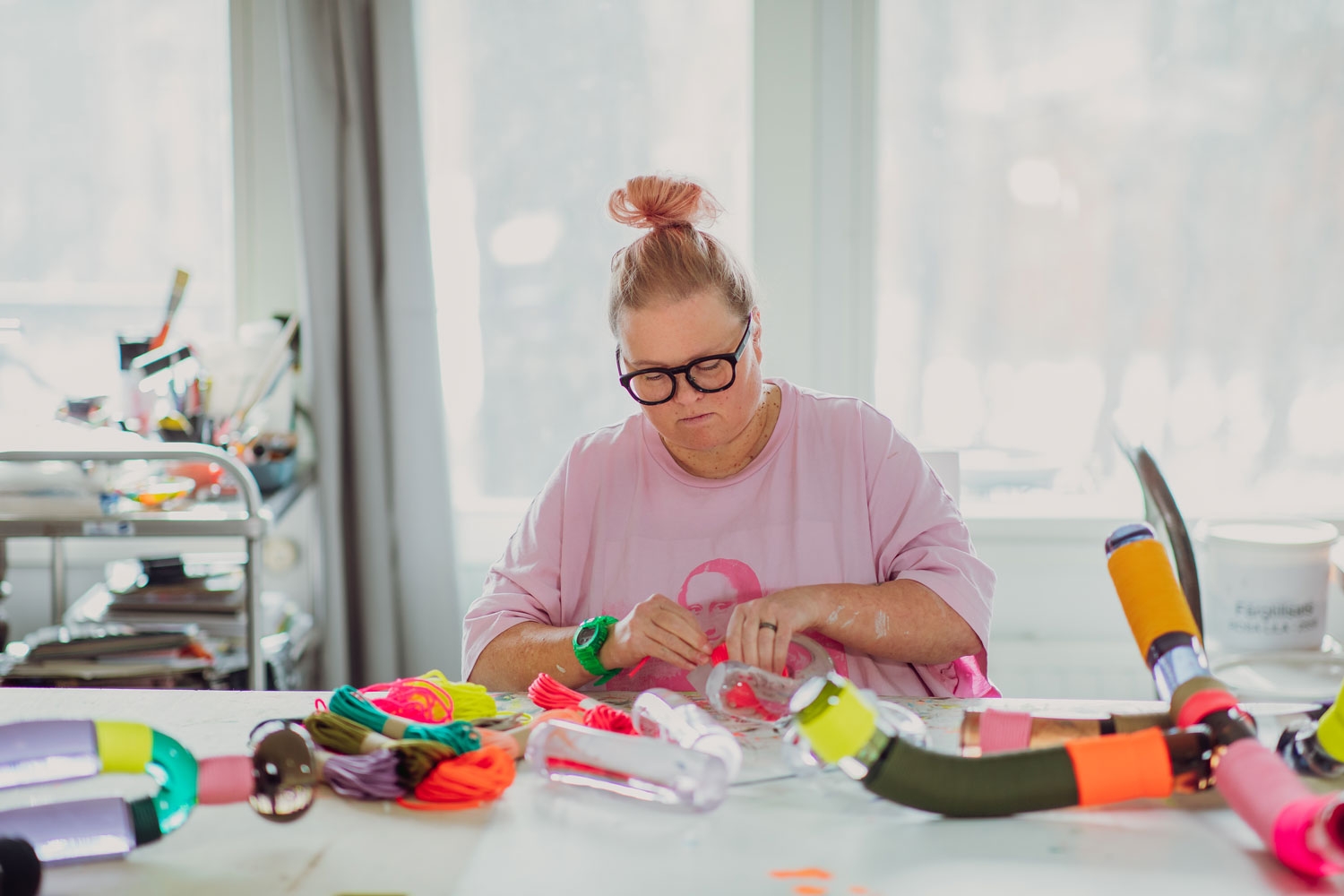
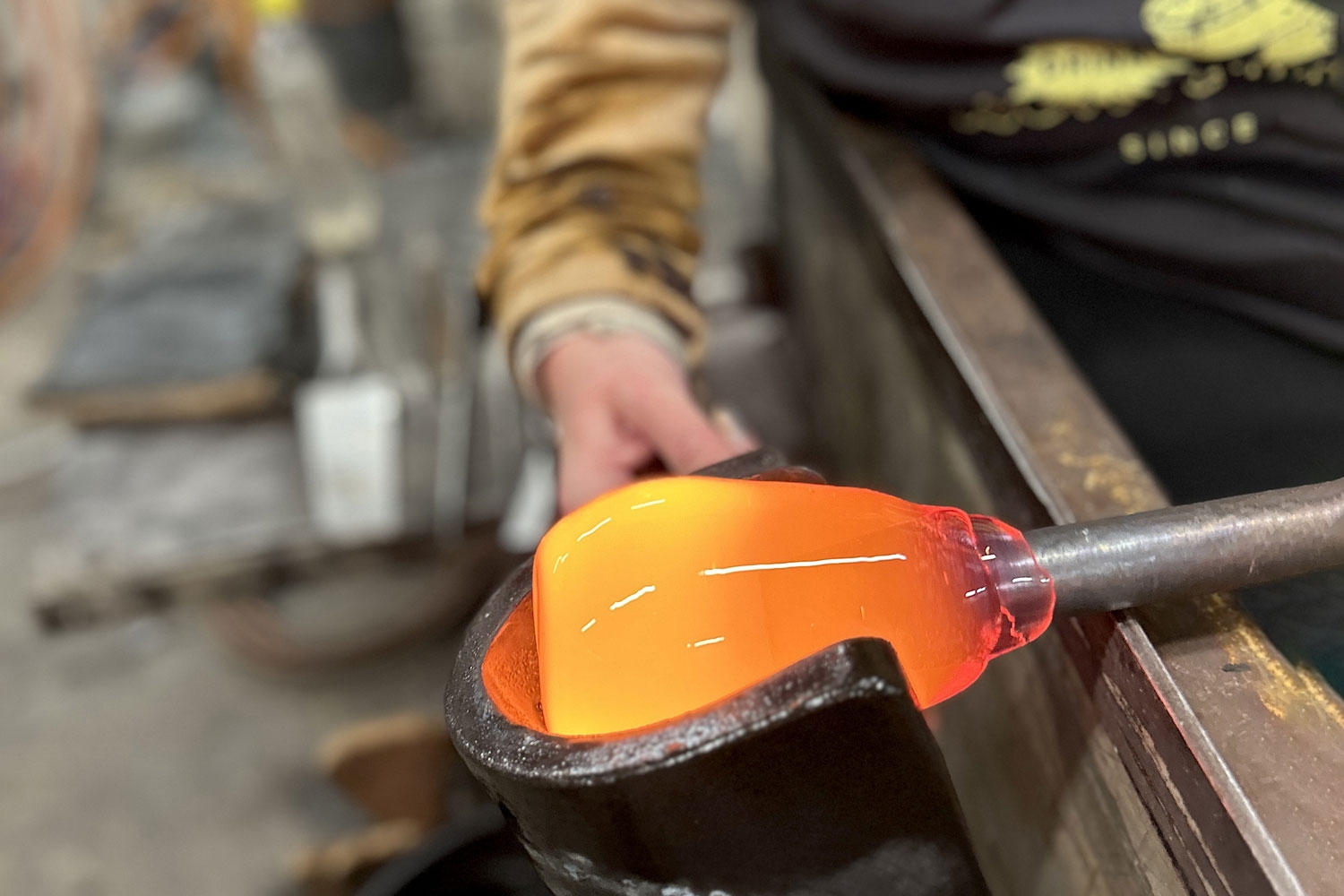
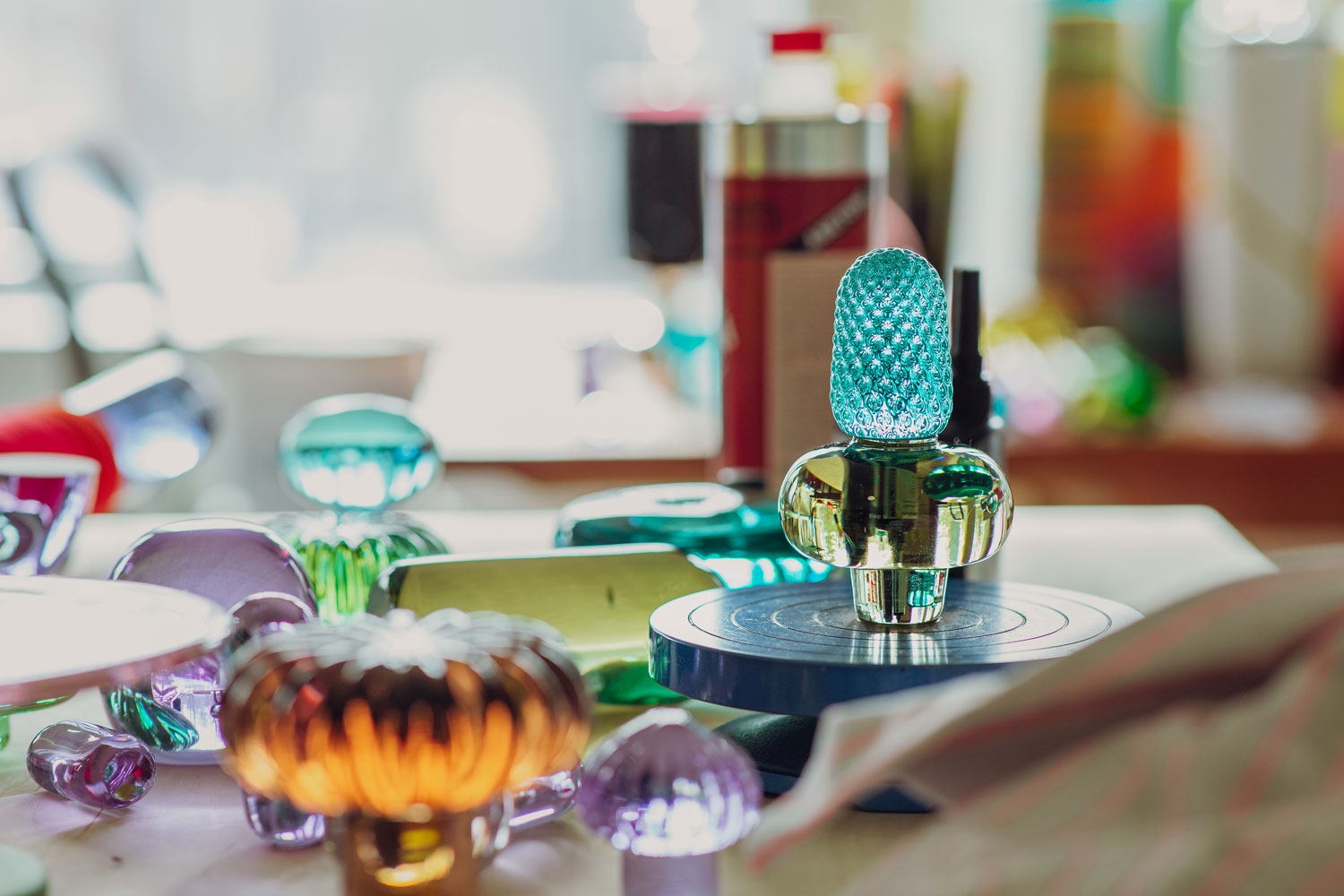





The colour codes of cultural variety
- Anu trained in glassblowing in Finland and Australia
- She remains very inspired by artists such as Oiva Toikka, Stephen Proctor and Klaus Moje
- Over her career she has specialised in overlay, roll-up and now works with solid glass
For Anu Penttinen, it all started with studying ceramics in Finland. She spent two years in Australia at the Canberra School of Art which shifted her towards glassblowing and cemented glass as her main material. In 2002, Anu completed her studies at the glass department of the University of Art and Design Helsinki. "I launched my studio, Nounou Design, a year later," she says. She draws inspiration from a wide range of sources, including Aboriginal art, maps, structures, text art and even brush strokes. "For me it is imperative to retain a link to traditions," explains Anu. This is why she belongs to a glass cooperative in the historical glassmaking village of Nuutajärvi, where glass has been made since 1793. Having been a vessel-oriented maker for 20 years, Anu turned towards creating sculptural work in 2022, deploying her strength in hot glass sculpting.
Interview
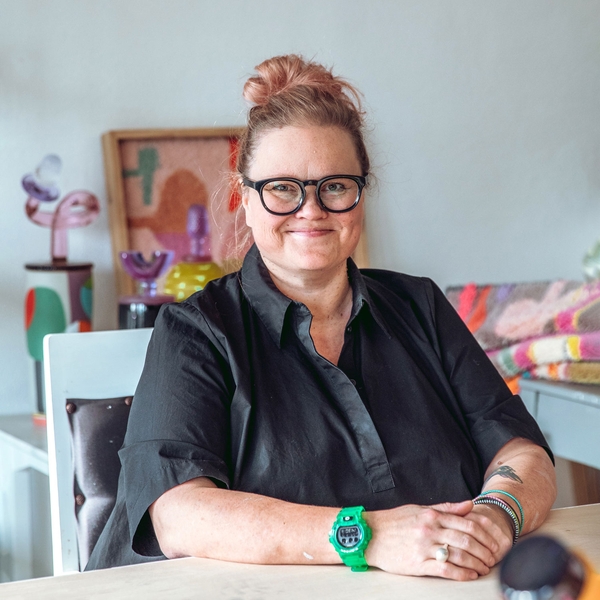

- How do you define your work?
- I make sculptural art with hot glass techniques. I mostly use coloured, solid glass and hot sculpting techniques, though I also combine other materials. Currently, I am fascinated by the colour palette and textural possibilities of Paracord nylon cord.
- Do you master any specific techniques?
- I started with the overlay technique, and moved on to the roll-up technique after 10 years, which means my work shifted from being mostly black and white, to the colours of the rainbow. What remained was the matte, opaque surface. My third decade is about colour, but the glass now shines and reflects light unlike before.
- What does 'well made' mean to you?
- Making something well must match the vision and message of the piece. Applied arts have a low tolerance for poorly made objects. But craft can benefit from 'letting the cracks show', and the material showing its nature. To me well made follows trends. Today there are intentional rough surfaces, fringes and hanging threads.
- How have different environments affected your work?
- My learning territories, Finland and Australia, are far apart geographically and artistically. With its aboriginal art, Australia brings roughness, strength, contrasts and colourscapes. The Finnish heritage is revealed in subtlety, cleanliness and in the nature-inspired visual thinking.
Anu Penttinen is an expert artisan: she began her career in 2000
Where
Anu Penttinen

